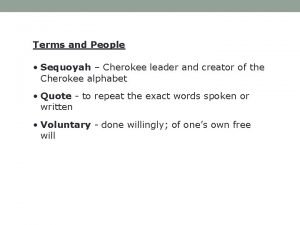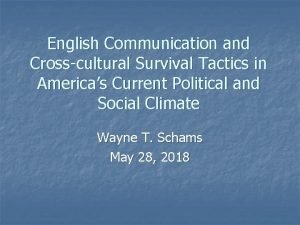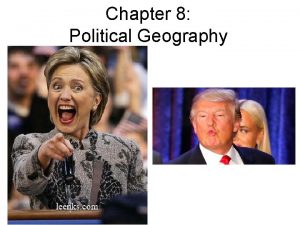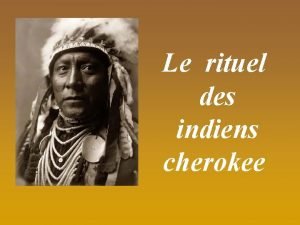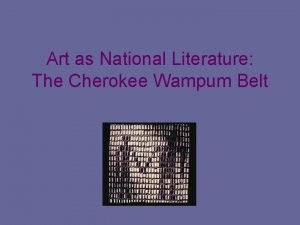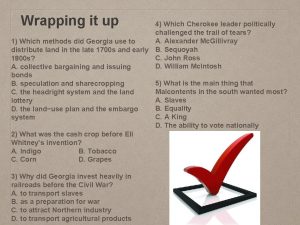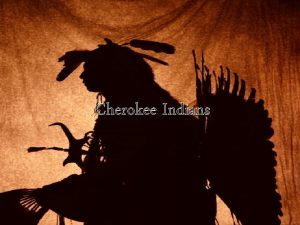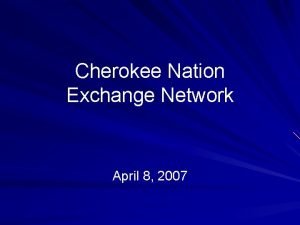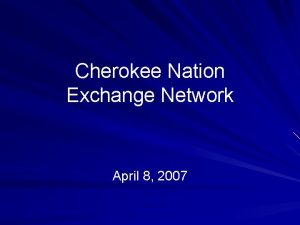Wrapping it up 4 Which Cherokee leader politically









- Slides: 9

Wrapping it up 4) Which Cherokee leader politically challenged the trail of tears? A. Alexander Mc. Gillivray 1) Which methods did Georgia use to distribute land in the late 1700 s and early B. Sequoyah C. John Ross 1800 s? D. William Mc. Intosh A. collective bargaining and issuing bonds 5) What is the main thing that B. speculation and sharecropping Malcontents in the south wanted most? C. the headright system and the land A. Slaves lottery B. Equality D. the land−use plan and the embargo C. A King system D. The ability to vote nationally 2) What was the cash crop before Eli Whitney’s invention? A. Indigo B. Tobacco C. Corn D. Grapes 3) Why did Georgia invest heavily in railroads before the Civil War? A. to transport slaves B. as a preparation for war C. to attract Northern industry D. to transport agricultural products

A LOOK AT TODAY! • The nullification crisis and what that has to do with state rights. • Compromises, why can’t we all just get along? • An activity over the compromises. • Brain Pop Video over states rights, other events that lead up to the Civil War.

LOOKING BACK! • Slavery and cotton are major influences on the southern economy. • Tensions continue to build between the North and South as more territories are settled. • States rights, what are they? Who has the power? Who has the final say?


WHO HAS THE POWER? • The nullification crisis in the 1830’s is a dispute between the northern and southern states over tariffs. • While the northern states supported high tariffs, southern states were opposed to these tariffs. • These tariffs took away profits from cotton farmers based on retaliatory tariffs put in place by Great Britain, while supporting manufacturing economy of northern states.

LET’S MAKE A DEAL • The Missouri Compromise was the first compromise and was passed in 1820. • This compromise was an agreement between northern and southern states allowing Missouri to enter the Union. • If Missouri was to be allowed to join, there would be more slave states than free. This allowed Maine to join as a free state to balance the deal. • Congress banned slavery north of the 36° 30’ (which is the southern border of Missouri).

CALIFORNIA DREAMIN’ • In 1850 when California, due to the Gold Rush, had a population large enough apply for statehood. • With no slave state to balance a free state, major conflict arose between the north and south. • Talk of secession increased in the South. However, Senators Henry Clay and Stephen A. Douglass wrote the compromise that both sides reluctantly agreed to. • The Compromise of 1850 had two major agreements. The first admitted California as a free state and the second was the Fugitive Slave Act which guaranteed the return of runaway slave if found in the North.

WHATS THE DIFFERENCE? • Draw a Venn-Diagram • On the top left above the circle, label Missouri Compromise. • On the top right above the circle, label Compromise of 1850. • Think about what makes these compromises the same! What makes them different?

